Explore the world beyond rice noodles with my top 10 substitutes! I'll guide you through gluten-free and gluten-containing alternatives, compare taste and texture, share cooking tips, and show you how to diversify your kitchen skills. Whether you're looking to accommodate dietary needs or just want to shake things up a bit, I'm here to help.
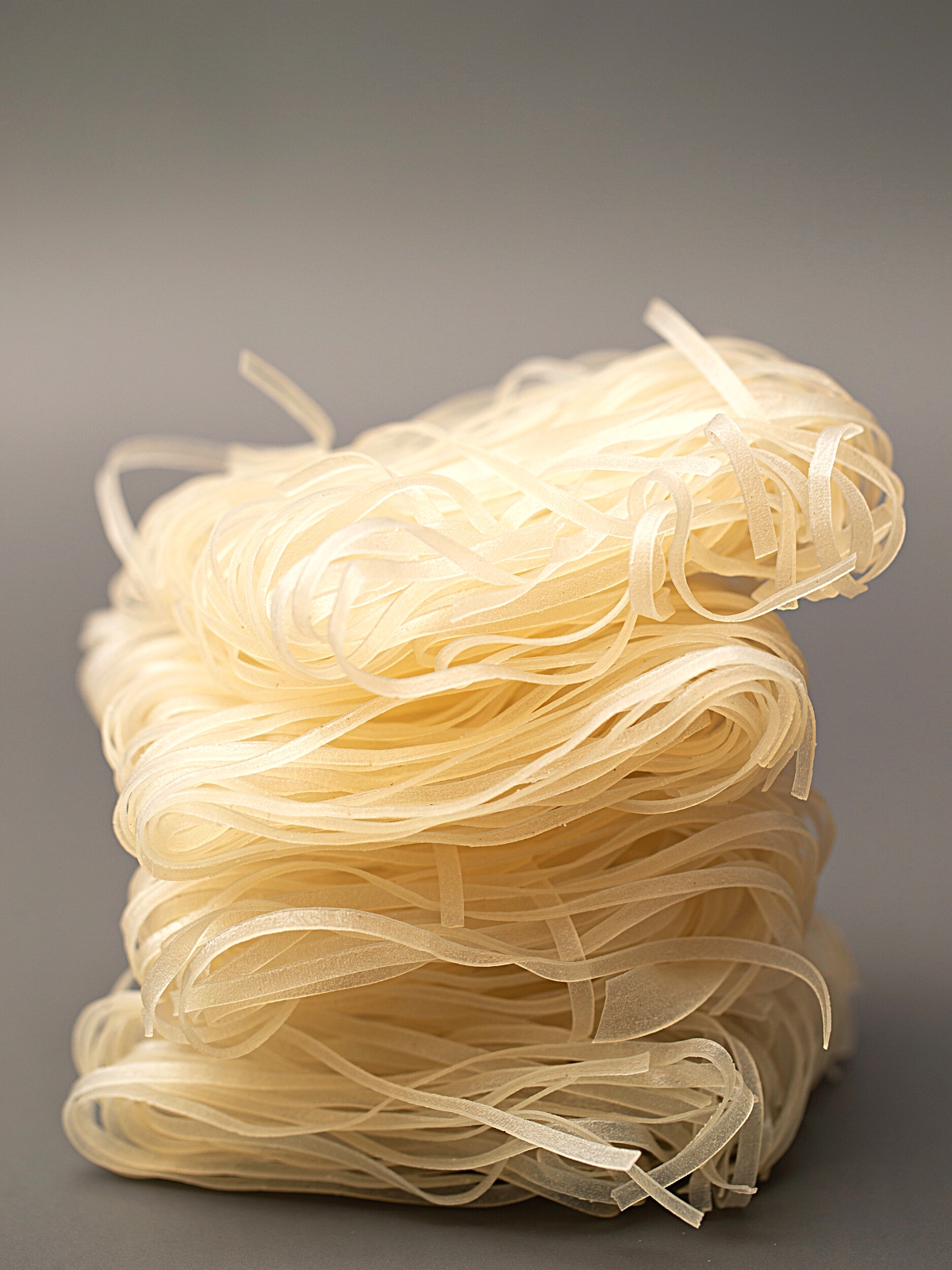
Jump to:
- 🌾 Grain Highlights
- 📜 List of 10 Best Substitutes for Rice Noodles
- 🍞 Non-Gluten-Free Substitutes
- 1. Fettuccine or Linguine
- 2. Soba Noodles
- 3. Udon Noodles
- 4. Ramen Noodles
- 5. Chinese Egg Noodles
- 6. Vermicelli
- 🚫 🍞 Gluten-Free Substitutes
- 7. Glass Noodles
- 8. Zucchini Noodles
- 9. Riced Cauliflower or Broccoli
- 10. Shirataki Noodles
- 🙋♀️ People Also Ask [FAQs]
🌾 Grain Highlights
- Rice noodles, made from rice flour and water, are famous for their versatility in dishes worldwide. If unavailable, this article provides several options.
- Gain insights into a curated selection of ten substitutes, split between gluten-free options and those containing gluten, including favorites like Italian vermicelli and innovative choices like shirataki noodles.
- Understand how each alternative matches up to rice noodles in terms of taste, texture, and culinary use, with practical advice on avoiding common pitfalls like overcooking or clumping.
- Learn how these substitutes can diversify your cooking, making your meals more inclusive for those with dietary restrictions or introducing new flavors and textures to your recipe collection.
📜 List of 10 Best Substitutes for Rice Noodles
When it comes to substituting rice noodles, there are a number of options available. Here are ten alternatives that will serve you well. They are divided into two categories: non-gluten-free and gluten-free.
🍞 Non-Gluten-Free Substitutes
For those not restricted by a gluten-free diet, there are numerous alternatives to rice noodles that feature gluten.
1. Fettuccine or Linguine
Fettuccine or linguine can be a great choice when you're looking for a rice noodles substitute. I've found their similar width and texture work well, especially in stir-fries and soups.
They have a neutral taste, allowing them to blend nicely with various flavors. Just make sure not to overcook them; they should remain slightly chewy to mimic rice noodles well.
If they get too soft, they might stick together. Rinsing them in cold water right after cooking helps keep them perfect for your dish.
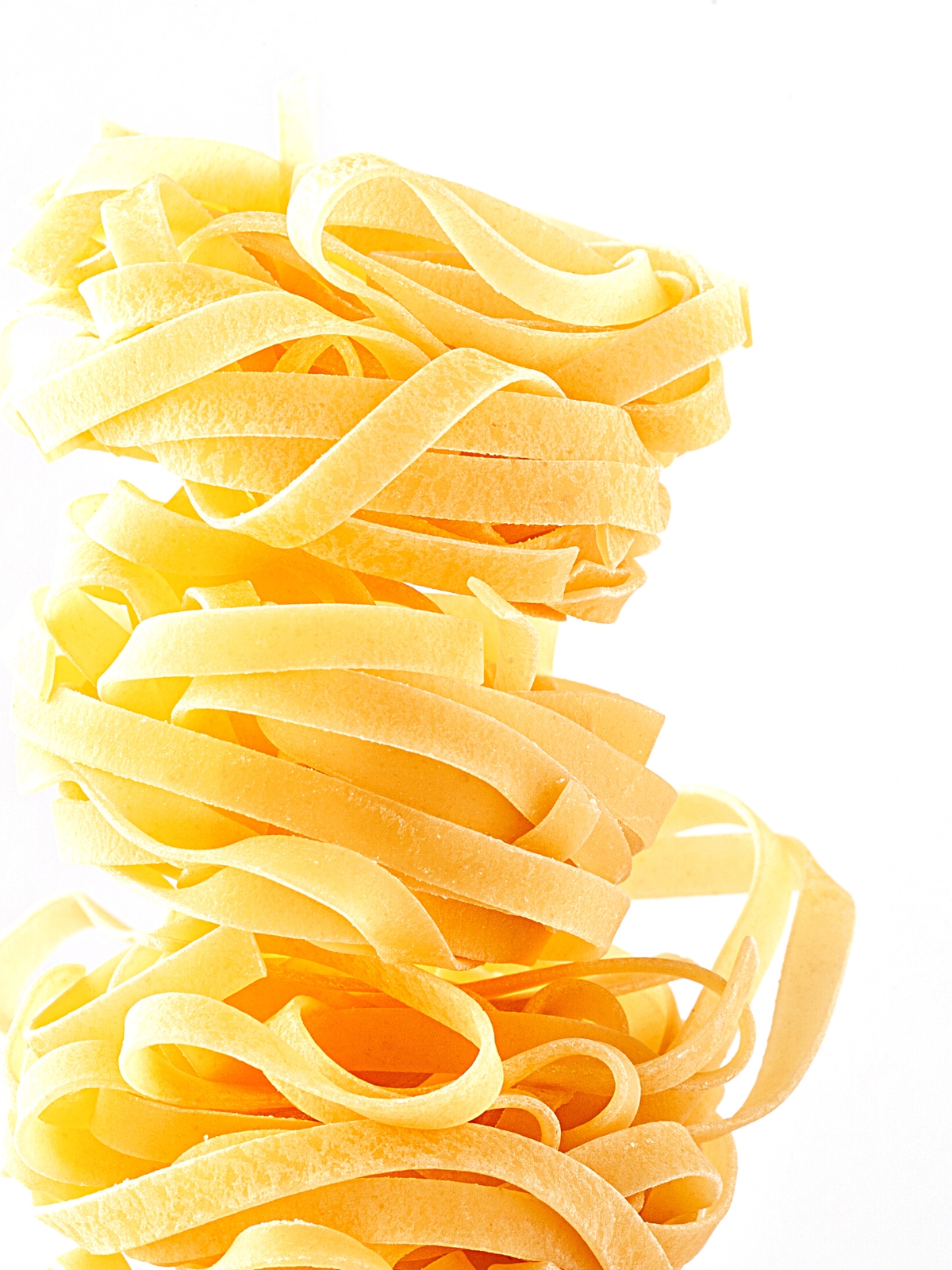
2. Soba Noodles
Soba noodles are thin Japanese noodles composed primarily of buckwheat flour, and some varieties contain wheat flour. They have a nutty flavor and robust texture, providing a flavorful alternative to rice noodles.
I suggest using soba in cold salads or light broths to let their unique flavor stand out. The main trick is to prevent them from clumping together.
Cooking them al dente and then giving them a quick rinse in cold water does the job, ensuring they stay firm and tasty.
3. Udon Noodles
Udon noodles, a staple in Japanese cuisine, are thick, wheat-based noodles with a soft, chewy texture, making them a comforting alternative to rice noodles. Their mild flavor and substantial bite pair well with hearty broths and stir-fries, where they can absorb flavors without falling apart.
Remember, udon's thickness means it soaks up flavors beautifully but can become mushy if overcooked. I recommend adding them at the last moment to your cooking process, which helps maintain their satisfying texture.
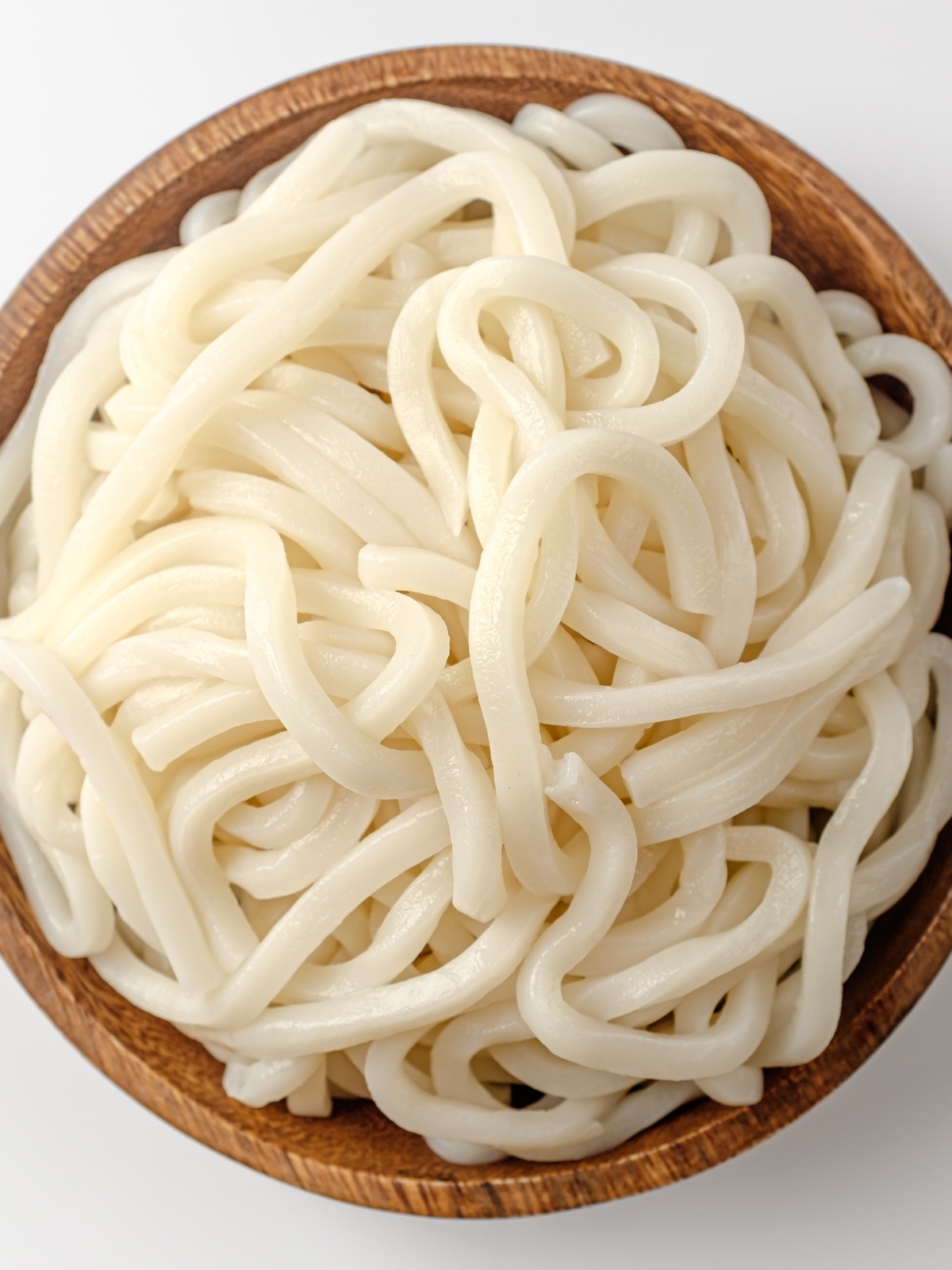
4. Ramen Noodles
Ramen noodles, known for their springy texture and slight wheat flavor, can substitute rice noodles in a pinch. Their versatility means they can be adapted to a wide range of recipes, from soups to stir fry.
While ramen noodles are typically served in broth, they can be a great addition to dry dishes if carefully prepared.
I always watch not to overcook them; keeping them slightly firm is key. A quick rinse under cold water after cooking stops them from softening further and ensures they retain their bounce, making them a viable substitute for rice noodles in almost any recipe you have in mind.

5. Chinese Egg Noodles
Chinese egg noodles are a versatile substitute I often use for rice noodles. They bring a slightly richer flavor due to the egg content, complementing both broth-based and stir-fried dishes like Pad thai and Chow Mein.
As Serious Eats explains in their Chinese Egg Noodle Style Guide, when cooked properly, these noodles should present a firm bite and springy texture, mimicking the bite of rice noodles. A common issue is their tendency to stick together.
To avoid this, I suggest stirring them occasionally using a pair of chopsticks while cooking and rinsing with cold water immediately after. This step ensures they stay separate and ready for your favorite recipes.
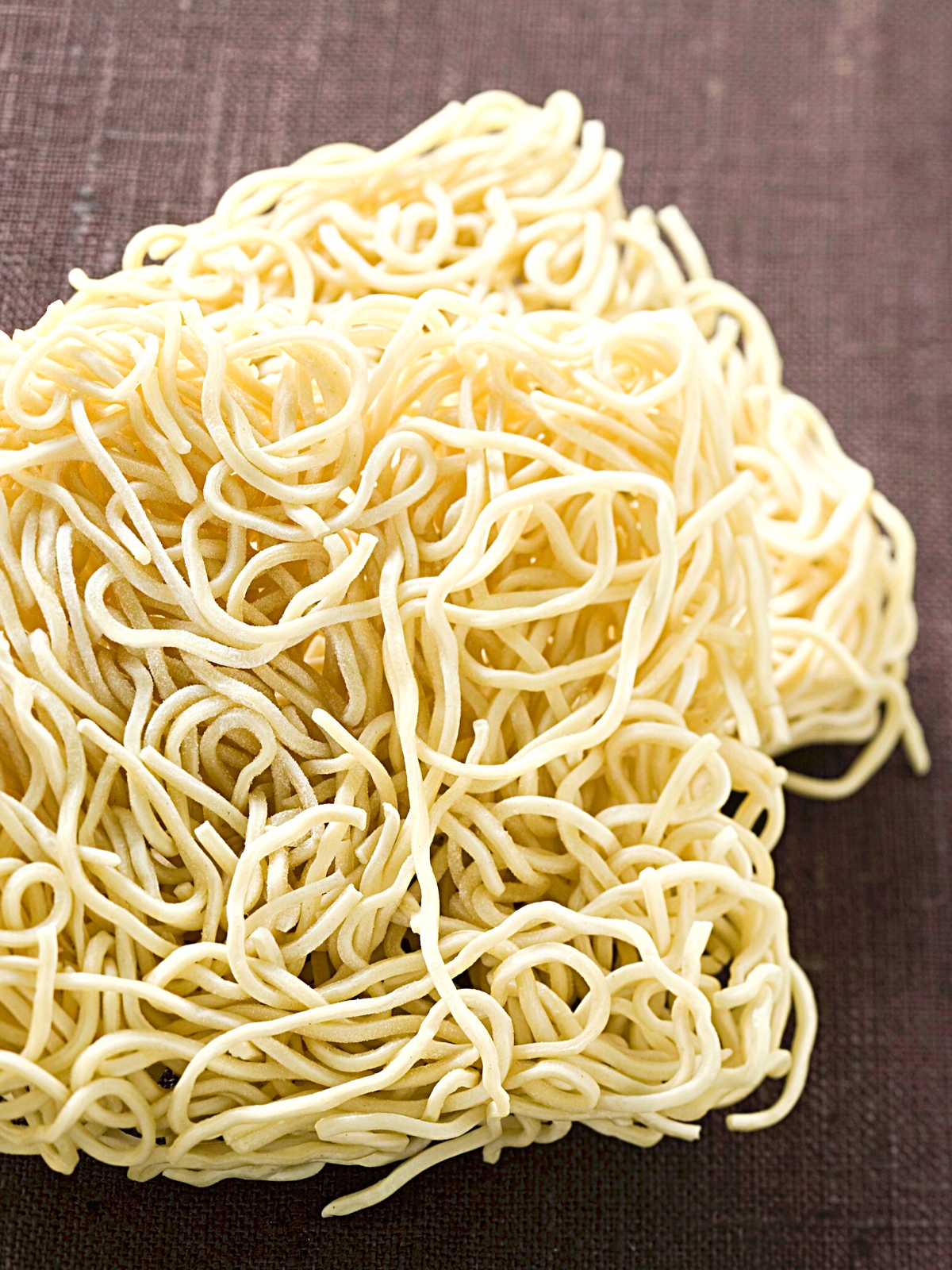
6. Vermicelli
Italian vermicelli, thinner than spaghetti, serves as another great alternative. Its fine texture and mild taste make it easily adaptable to the flavors of traditional rice noodle dishes.
When using vermicelli instead of rice noodles, I pay attention to cooking time, as it's easy to overcook. Perfectly cooked vermicelli should be al dente, offering a pleasant bite similar to rice noodles.
For best results, add it to your dish just before serving, ensuring it doesn't become mushy. This pasta integrates seamlessly into a variety of dishes, absorbing sauces and broths for a comforting meal.

🚫 🍞 Gluten-Free Substitutes
Explore gluten-free alternatives to rice noodles that promise both flavor and versatility.
7. Glass Noodles
Glass noodles, also known as cellophane noodles or bean thread noodles, are a gluten-free option I find perfect for salads and stir-fries.
They are made from mung bean starch and have a slightly chewy texture and a neutral taste that absorbs flavors well.
One tip I've learned is to soak them in warm water before cooking to prevent them from sticking together. This step also helps ensure they don't turn too soft when added to hot dishes, making them an excellent rice noodle substitute.
8. Zucchini Noodles
Zucchini noodles, or "zoodles," are a fantastic way to keep dishes gluten-free and low-carb. I create them using a spiralizer, which keeps the process simple and fun.
Their crisp texture and mild flavor make zoodles ideal for cold salads or lightly sautéed dishes. Since they release water when cooked, I suggest sautéing them briefly to maintain their crunch.
This approach prevents your dish from becoming waterlogged, keeping flavors concentrated and textures appealing.
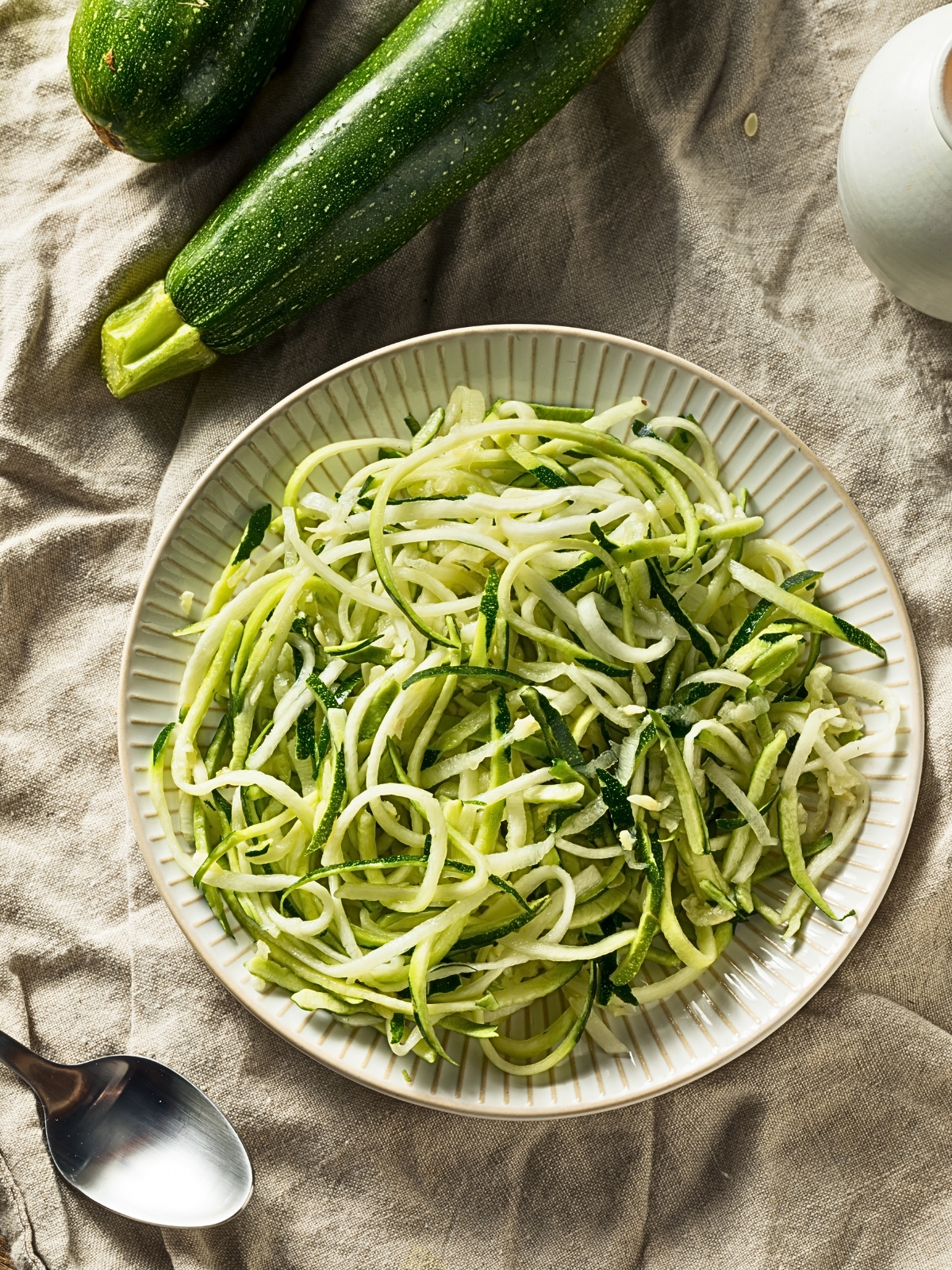
9. Riced Cauliflower or Broccoli
Riced cauliflower or broccoli offers a nutritious and gluten-free alternative to rice noodles. I usually pulse the florets in a food processor until they resemble rice.
This method is great for adding volume to your dishes without the extra carbs. Since they can become mushy if overcooked, I recommend sautéing them quickly or steaming them lightly. This keeps them firm and able to soak up sauces, making them a versatile base for a variety of recipes.
10. Shirataki Noodles
Shirataki noodles, made from the konjac plant, are another gluten-free substitute I find intriguing. When you first open the package, you might notice a distinctive smell, which is completely normal and is due to the liquid they are packed in, known as "konyaku." As per Verywellfit, this odor, often described as fishy, can be eliminated by rinsing the noodles well under cold water.
After rinsing, pan-frying them in a dry skillet can remove any remaining water, enhancing their texture to more closely resemble traditional rice noodles.
This process not only improves their texture but also ensures they're a neutral base for absorbing the flavors of your dish, making them an excellent substitute in meals where you want other ingredients to take center stage.
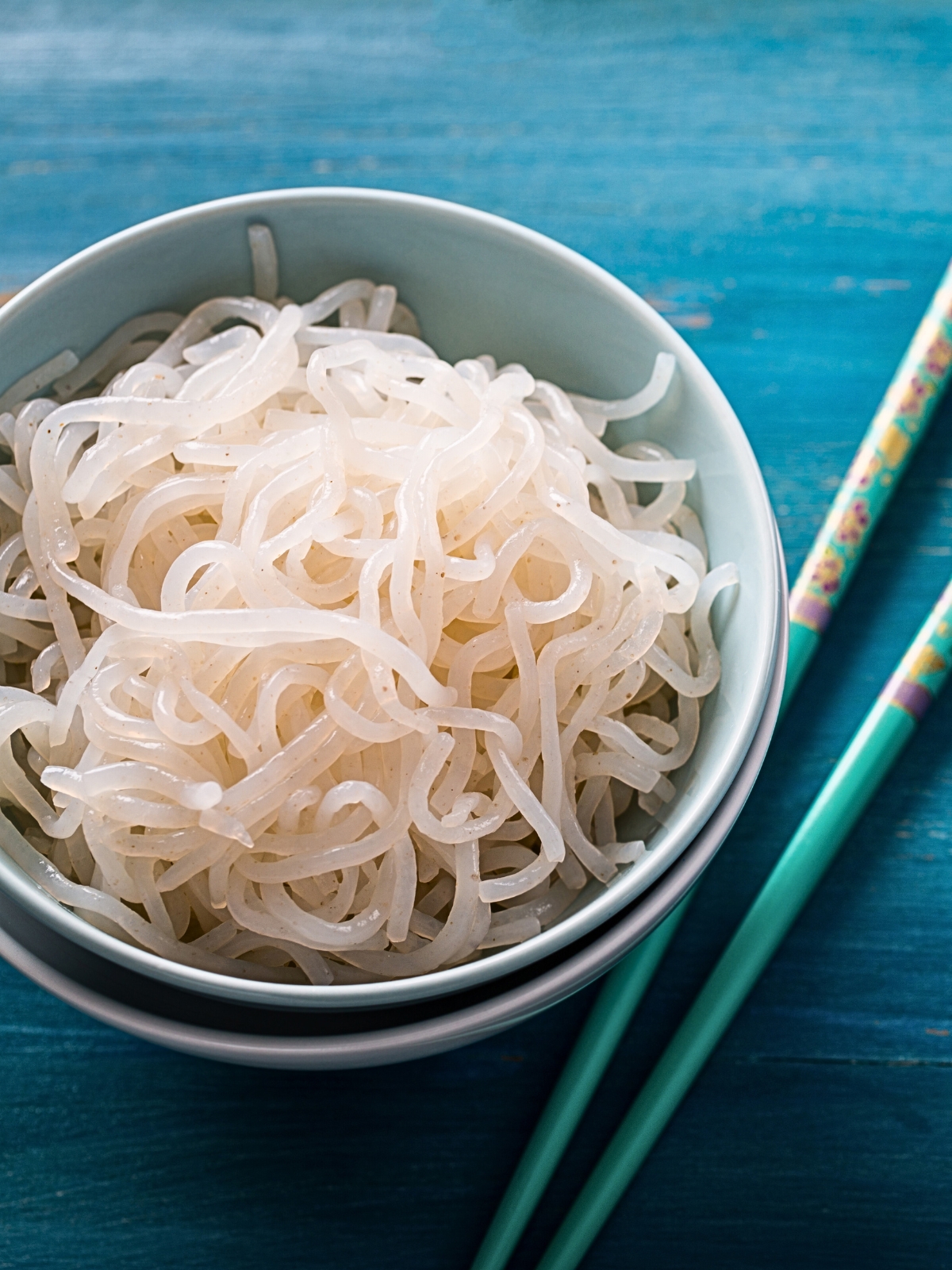
More Rice Substitutes
🙋♀️ People Also Ask [FAQs]
Many noodle substitutes for rice noodles are inherently vegan, made primarily from plant-based flour. The notable exception is egg noodles. I recommend checking the ingredients list carefully and purchasing from reputable sources to ensure they align with vegan preferences.
You can use pasta as a substitute for rice noodles in Asian dishes. Opt for thin, neutral-flavored pasta like vermicelli or spaghetti for the best results.
Substituting rice noodles with other types of noodles can alter the dish's taste and texture. The substitution may introduce new flavors and change the overall mouthfeel of the dish.





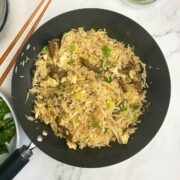

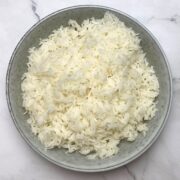




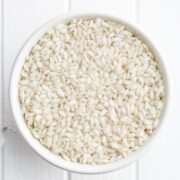

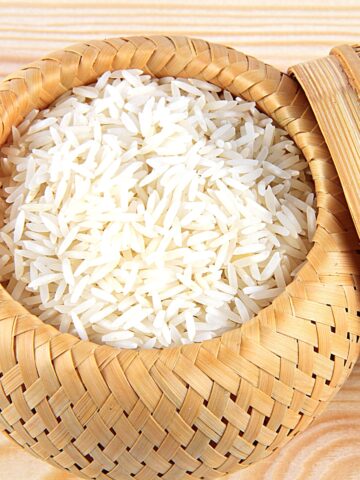


Leave a Comment